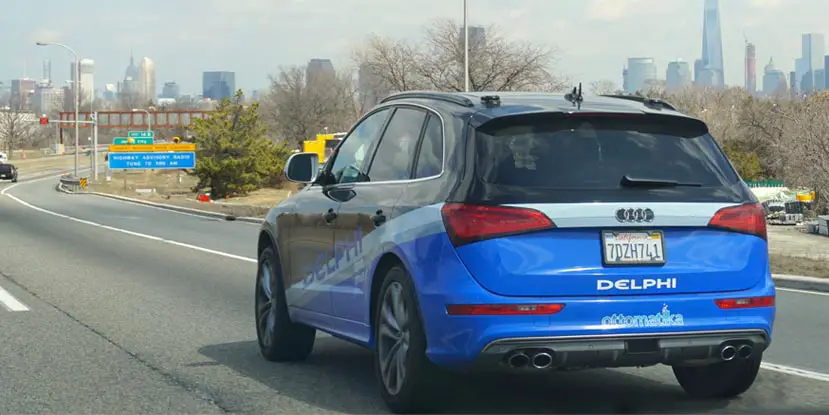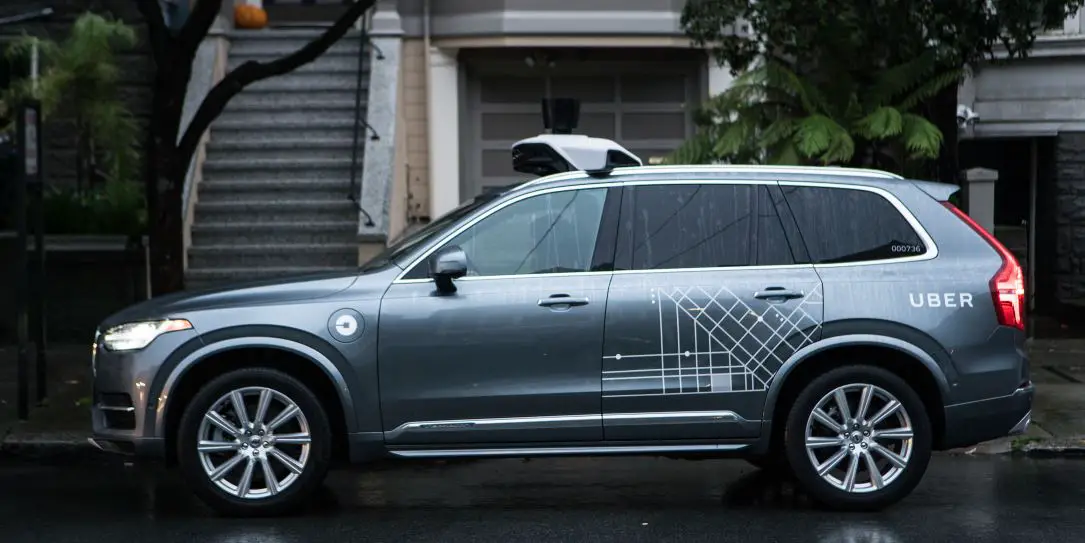Distracted drivers endanger themselves and those around them, but driverless vehicles may not be the answer. At least not yet.
Driving is an everyday part of many people’s lives, so it’s easy to forget how dangerous it can be. Traffic accidents are the leading cause of death in people aged 15-29 and are responsible for more than 3,000 deaths every day. Driving can be liberating, and it’s certainly convenient, but it can also be deadly.
The auto industry has made great strides in making cars safer. From seatbelts to airbags to collision detection, automobiles today are far less dangerous than they used to be. But they’re still not entirely safe.
Distracted drivers are one of the most prevalent dangers on roads today. Technologies like smartphones have made it easier to get distracted, but on the flip side, tech also seems to offer a solution. Self-driving vehicles could eliminate the dangers of distraction, but in their current state, they may do more harm than good.
Examining the Dangers of Distracted Drivers
Distraction while driving is a serious issue. In 2017, crashes involving distracted drivers killed 3,166 people in the United States, which accounts for more than 8% of all traffic fatalities that year.
It’s not hard to see why this is such a prevalent problem. It’s easy to lose focus. Countless things take your mind and eyes off the road, from looking at your phone to trying to read a distant sign to being bored by your routine commute.
If you’re not paying attention for even a few seconds, you could miss someone braking in front of you or a pedestrian running across the road. Even if you do notice something, you may not have enough time to respond if you see it too late. Speedy reaction times are crucial for safe driving, and if your mind is elsewhere, your reaction time will slow.
The appeal of self-driving cars is evident. You don’t have to worry about lingering distraction if you’re not the one controlling the vehicle. But this apparent advantage is what makes semi-autonomous cars risky.
Experiencing Too Much Comfort
Self-driving features in automobiles nowadays often take the form of assisted driving. AI systems in vehicles can adjust steering and braking to help drivers who may be distracted, but these still rely on a human driver for most operations. These features have the potential to save lives, but they can also put people in danger.
Texting isn’t the only distraction for drivers. One of the several causes of distracted driving is complacency. If you feel confident and safe, you may not pay as much attention to the road as you should.
Self-driving features can lead you to think that you don’t have to focus as much. Relying on these components can make someone complacent, which could lead to unsafe driving habits.
This risk isn’t speculation, either. The Journal of Safety Research published findings that drivers had slower reaction times when using automated driving. It turns out that drivers can become too comfortable when they have complementary measures.
Facing Technological Issues
Complacency is one of the multiple issues with driverless cars. The prospect of self-driving vehicles as a solution to human errors rests on the assumption that these machines are more reliable than the human brain. Computers do generally have far quicker reaction times than people, but they aren’t perfect.
The AI programs in semi-autonomous cars must consider an ocean of data inputs and possible outcomes to drive safely. While advanced systems can often do this in fractions of a second, some situations may present too many changes at once, making the system lag. Even if the AI slows by a couple of seconds, there can be disastrous results. At high speeds, every second counts.
The effectiveness of a driverless car also relies on accurate cameras and sensors. A faulty sensor could make a vehicle think that the left side is clear when it isn’t, and bad weather could harm its navigation services. A human driver may see a problem and take over, but the time it takes to recognize the issue and then react may be too long to help.
Fighting Distractions With Technology
Assisted driving technology could still have benefits. While the main concern is that it allows drivers to become more distracted, it may also remove distractions.
Semi-autonomous cars often use systems that respond to behavior they detect in the driver. Some versions of these programs can notice if a driver is acting sluggishly and adjust settings like climate control and seat position to help them stay awake and alert. Similarly, vehicles can connect to a driver’s phone and restrict its use while the engine is running, minimizing its potential for distraction.
As self-driving cars become more common, they may begin communicating with one another. By connecting, vehicles could have a better understanding of their position in traffic. They would also be able to predict the behavior of other cars far better than a human.
Experimenting with Full Autonomy
Most distraction-related issues with self-driving cars are about semi-autonomy. Driver complacency is only an issue if people need to do most of the driving. After all, the end goal of driverless vehicles is to allow people to do other things while the car moves.
What makes autonomous features dangerous is that they need a human failsafe. Using individuals as back-up drivers wouldn’t be an issue if the convenience of a driverless car didn’t so easily sidetrack people. But since it is distracting, and since humans are fallible, this sense of ease creates an unsafe environment.
A fully autonomous car would be significantly less dangerous than the semi-autonomous systems we have now. If vehicles could do everything themselves, it wouldn’t matter if people became distracted on the road. Companies could focus more on the end goal of level-five autonomous cars, but this future may be far-off.
The Path to Safer Roads
If fully autonomous cars were the only ones on the road, traffic would be a lot safer. But getting to that point is complicated and risky.
Businesses could introduce more and more assisted driving features, slowly transitioning to fully driverless vehicles, but this can be dangerous. As explained earlier, semi-autonomy tends to lead to complacency in drivers. This approach may mean things get a lot worse before they get better.
Car manufacturers must be entirely sure of their products’ reliability before releasing them to the public. It may be a while before level-five technology is available, though its components look promising for future drivers. Could driverless cars create safer roads and make driver distractions a concern of the past? Yes. Do today’s self-driving vehicles help drivers overcome distractions? Not yet.
What do you think of distracted drivers and self-driving cars? Let us know in the comments below or on Twitter, Facebook, or MeWe.
In some of our articles and especially in our reviews, you will find Amazon or other affiliate links. As Amazon Associates, we earn from qualifying purchases. Any other purchases you make through these links often result in a small amount being earned for the site and/or our writers. Techaeris often covers brand press releases. Doing this does not constitute an endorsement of any product or service by Techaeris. We provide the press release information for our audience to be informed and make their own decision on a purchase or not. Only our reviews are an endorsement or lack thereof. For more information, you can read our full disclaimer.
Last Updated on February 3, 2021.











